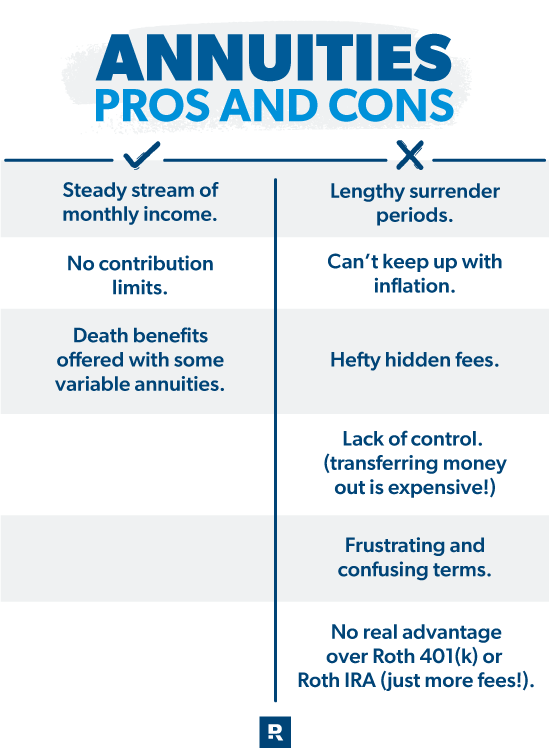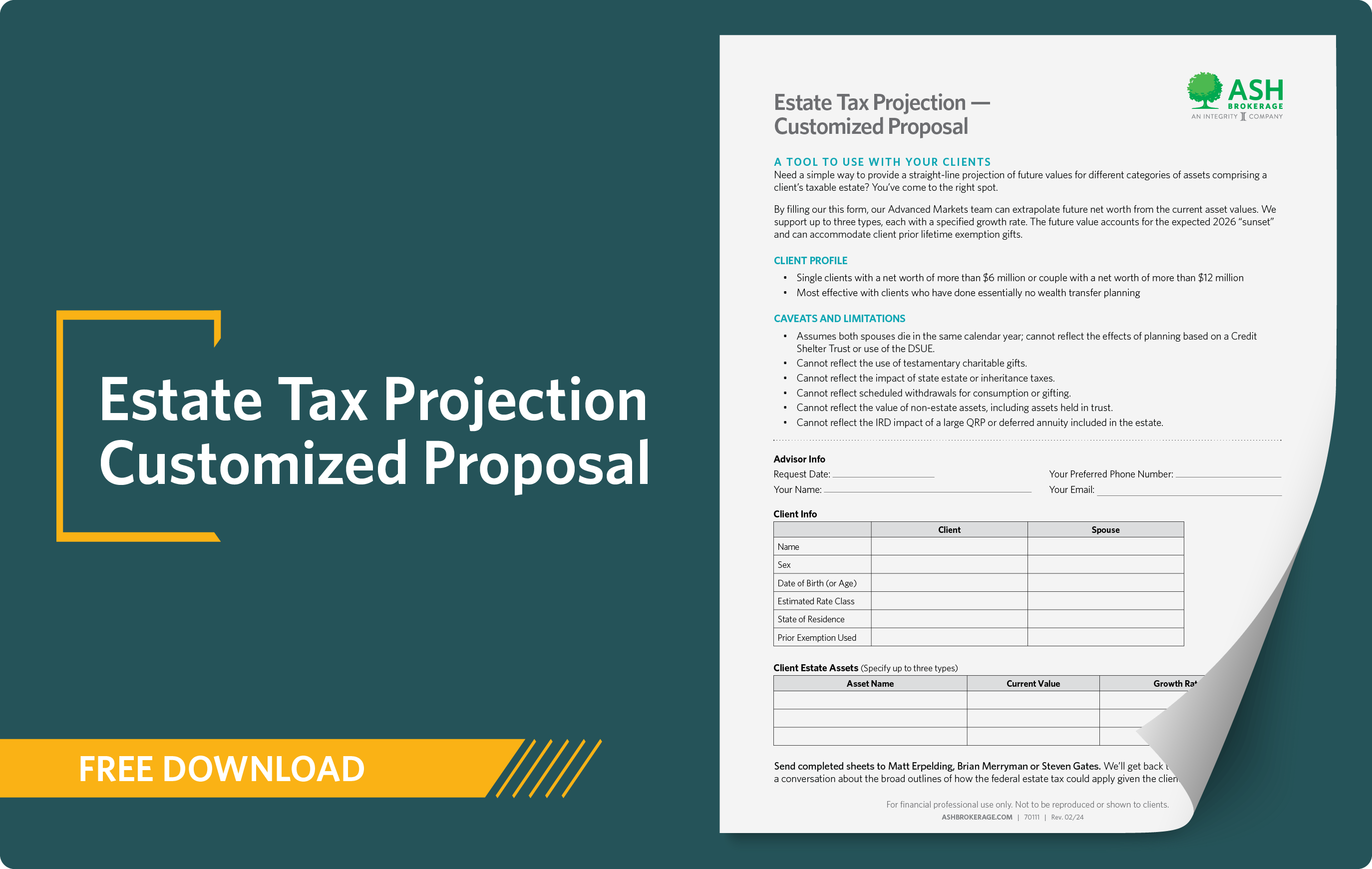All Categories
Featured
Table of Contents

Understanding the different survivor benefit choices within your inherited annuity is essential. Meticulously review the contract details or speak to a monetary advisor to identify the particular terms and the most effective way to wage your inheritance. As soon as you acquire an annuity, you have several options for receiving the cash.
Sometimes, you could be able to roll the annuity into a special sort of private retirement account (IRA). You can select to receive the whole remaining equilibrium of the annuity in a solitary payment. This choice supplies prompt accessibility to the funds but features significant tax obligation consequences.

If the acquired annuity is a certified annuity (that is, it's held within a tax-advantaged retired life account), you could be able to roll it over right into a brand-new retired life account (Annuity income). You don't require to pay taxes on the rolled over amount.
Taxes on inherited Guaranteed Annuities payouts
While you can't make added payments to the account, an acquired IRA uses an important advantage: Tax-deferred development. When you do take withdrawals, you'll report annuity revenue in the very same way the plan participant would certainly have reported it, according to the IRS.
This option offers a constant stream of revenue, which can be valuable for long-term monetary planning. There are different payment options offered. Generally, you should start taking distributions no a lot more than one year after the owner's death. The minimal amount you're needed to take out yearly afterwards will be based on your own life span.

As a beneficiary, you will not go through the 10 percent internal revenue service early withdrawal charge if you're under age 59. Attempting to calculate taxes on an acquired annuity can feel complicated, however the core concept rotates around whether the added funds were previously taxed.: These annuities are moneyed with after-tax bucks, so the beneficiary usually doesn't owe taxes on the initial payments, yet any kind of profits collected within the account that are dispersed are subject to normal revenue tax obligation.
Tax rules for inherited Single Premium Annuities
There are exceptions for spouses who inherit certified annuities. They can typically roll the funds into their very own IRA and delay taxes on future withdrawals. In any case, at the end of the year the annuity firm will file a Form 1099-R that demonstrates how much, if any, of that tax year's distribution is taxed.
These taxes target the deceased's overall estate, not simply the annuity. These taxes normally just impact extremely large estates, so for most beneficiaries, the focus needs to be on the earnings tax obligation implications of the annuity.
Annuity Withdrawal Options and beneficiary tax considerations
Tax Obligation Treatment Upon Death The tax obligation treatment of an annuity's fatality and survivor advantages is can be fairly complicated. Upon a contractholder's (or annuitant's) fatality, the annuity may be subject to both income taxation and estate tax obligations. There are various tax therapies depending upon who the recipient is, whether the proprietor annuitized the account, the payout method selected by the beneficiary, etc.
Estate Taxes The government inheritance tax is an extremely dynamic tax (there are many tax braces, each with a higher rate) with rates as high as 55% for really huge estates. Upon death, the internal revenue service will include all residential property over which the decedent had control at the time of death.
Any type of tax obligation in unwanted of the unified debt schedules and payable 9 months after the decedent's fatality. The unified debt will completely shelter reasonably small estates from this tax. For many customers, estate tax might not be an important concern. For bigger estates, nevertheless, estate taxes can enforce a big burden.
This conversation will certainly concentrate on the estate tax treatment of annuities. As was the situation throughout the contractholder's lifetime, the IRS makes a critical difference in between annuities held by a decedent that are in the buildup phase and those that have gone into the annuity (or payout) phase. If the annuity remains in the accumulation phase, i.e., the decedent has actually not yet annuitized the contract; the complete fatality advantage ensured by the agreement (consisting of any type of boosted survivor benefit) will certainly be consisted of in the taxable estate.
Inherited Annuity Rates tax liability
Instance 1: Dorothy owned a dealt with annuity contract provided by ABC Annuity Company at the time of her death. When she annuitized the contract twelve years earlier, she chose a life annuity with 15-year period specific.
:max_bytes(150000):strip_icc()/Death-taxes_sketch_final-422a2456bff64e4da2f9dabb41c64ad9.png)
That worth will certainly be consisted of in Dorothy's estate for tax objectives. Upon her death, the repayments quit-- there is nothing to be paid to Ron, so there is nothing to include in her estate.
2 years ago he annuitized the account choosing a lifetime with cash money reimbursement payment alternative, calling his little girl Cindy as recipient. At the time of his fatality, there was $40,000 primary remaining in the agreement. XYZ will pay Cindy the $40,000 and Ed's administrator will certainly include that amount on Ed's inheritance tax return.
Because Geraldine and Miles were wed, the advantages payable to Geraldine represent residential or commercial property passing to an enduring partner. Annuity fees. The estate will certainly be able to use the unlimited marriage reduction to stay clear of tax of these annuity advantages (the value of the advantages will certainly be noted on the inheritance tax kind, along with a countering marriage deduction)
Taxes on inherited Annuity Death Benefits payouts
In this situation, Miles' estate would certainly consist of the value of the remaining annuity repayments, however there would certainly be no marital deduction to balance out that addition. The exact same would use if this were Gerald and Miles, a same-sex couple. Please note that the annuity's remaining value is figured out at the time of death.

Annuity contracts can be either "annuitant-driven" or "owner-driven". These terms refer to whose fatality will certainly set off settlement of fatality advantages.
However there are scenarios in which someone owns the contract, and the measuring life (the annuitant) is somebody else. It would certainly be great to believe that a certain contract is either owner-driven or annuitant-driven, yet it is not that straightforward. All annuity agreements issued since January 18, 1985 are owner-driven because no annuity contracts released because then will be provided tax-deferred standing unless it consists of language that activates a payment upon the contractholder's death.
Table of Contents
Latest Posts
Understanding Financial Strategies A Closer Look at How Retirement Planning Works Defining the Right Financial Strategy Benefits of Choosing the Right Financial Plan Why Choosing the Right Financial S
Decoding How Investment Plans Work Key Insights on Fixed Index Annuity Vs Variable Annuities What Is the Best Retirement Option? Benefits of Fixed Vs Variable Annuities Why Choosing the Right Financia
Analyzing Fixed Annuity Vs Equity-linked Variable Annuity A Closer Look at Annuities Variable Vs Fixed Breaking Down the Basics of Tax Benefits Of Fixed Vs Variable Annuities Features of Fixed Vs Vari
More
Latest Posts